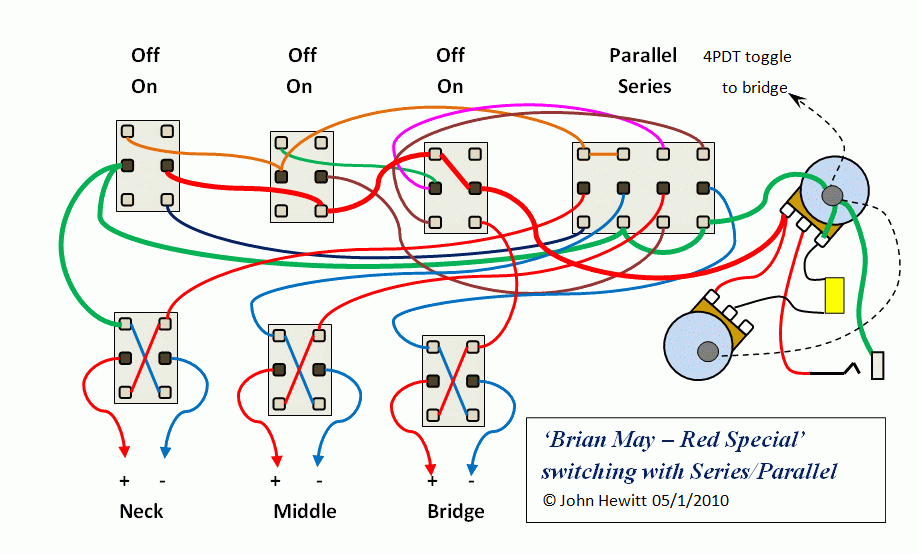What is series speaker wiring? How do bi wiring speakers work? Can you wire speakers? Make sure all your components are completely unplugged.
No signal should be running through anything while you hook. Prepare your wires for connection. Examine the wire and take note of any differences between coloring on either half.
Speaker wire is used to create a connection between the loudspeakers and the amplification. The most common – and the most effective – core material is copper: inexpensive and conducts beautifully.

Most speaker cables feature two or more electrical conductors, and some form of insulating casing, often made of some sort of plastic. How to Wire Speakers Together Step 1. Determine what maximum output is for your speakers and amplifier. Turn off your amplifier and unplug it. Stereo output is measured in ohms.
There are three basic. Wiring speakers in parallel is simple. Then do the same for the - terminals. An example of this is shown below.

However with bi-wiring you will be running two sets of loudspeaker cables from your amplifier to each of your speakers. One pair which carries the high frequencies (tweeters) and the other will carry low frequencies (woofer) from the amp.
By having this set up, you are forcing the tweeter currents and the woofer currents to run in separate cables. Bi-wiring a speaker can be a relatively inexpensive way to improve overall sound quality.
Ideally, one would run two identical lengths (and type and gauge) of two-conductor wire to each speaker. One wire handles the tweeter and the other the woofer for each speaker. Sets of bi-wire speaker cables can be purchased and used to the same effect.

This is relatively simple to wire, just run a wire from the central location (lounge room) to each speaker. The box should also look after any impedance matching to prevent amplifier overload.
The manner in which your speakers (in a multi-speaker system) are wired together determines the overall impedance. Two ohm speakers = ohm load. Two ohm speakers = ohm load. Two ohm speakers = ohm load.
Two ohm speakers = ohm load. Speaker selector switches can use various techniques to allow multiple speakers to be connected to the one amplifier, namely: a series resistor (around 2½ – ohms) to restrict the minimum impedance of the speakers circuit to this value.
Which one to choose depends on both the speakers and the amplifier, specifically their impedance levels and limits. If you are in any doubt about how to bi-wire your speakers or about the suitability of your system for bi- wiring you should consult an audio specialist prior to changing your configuration. While this is relatively straightforwar specific properties of the wire in question impact various sound quality factors, such as noise, fidelity and attenuation, or signal reduction.
Amplifiers, wires, and cables supply those requirements for traditionally wired speakers. Wireless speakers plug into power, have built-in amplifiers, and instead of that old copper wire or cable, the audio signals are transmitted wirelessly to them via IR (infrared light), RF (radio frequency), Wi-Fi, or Bluetooth.
Parallel: Join the cables of the second speaker to the cables on the first speaker: Series: Cut one wire near the 2nd speaker, and connect the 2nd speaker "in series" with the cut wire.
No comments:
Post a Comment
Note: only a member of this blog may post a comment.